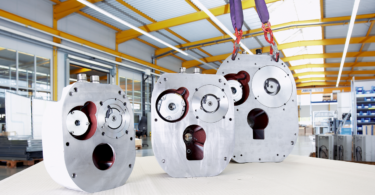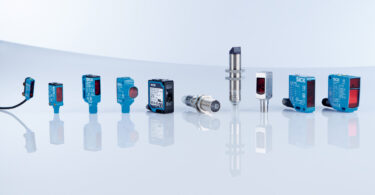Discover how SICK Sensors are making cruises greener
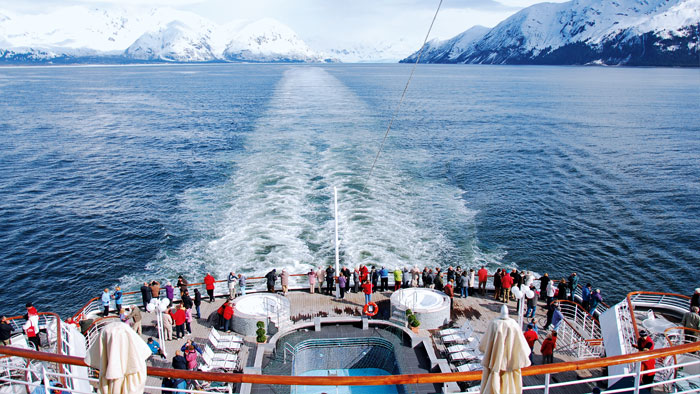
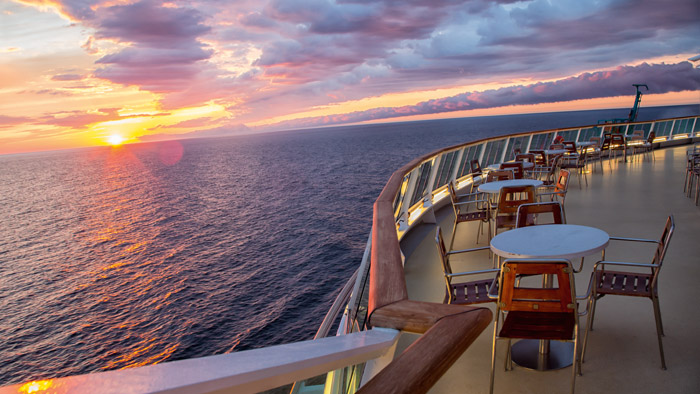
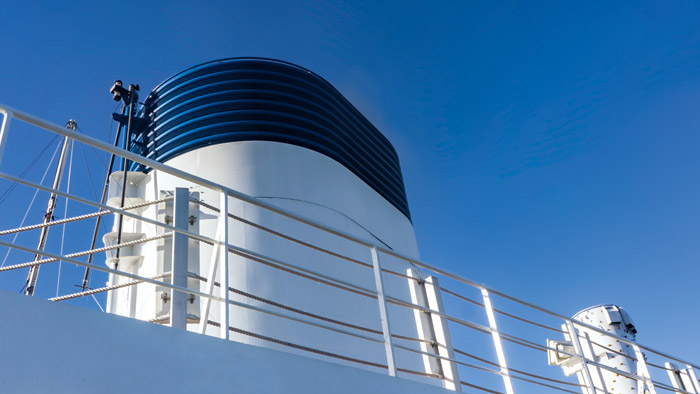
Many dreams do come true on cruises, which is why cruises are one of the most attractive offers for tourists. And, statistically, cruise ships are one of the world’s safest transport methods. Cruises will continue to remain growth drivers, although new standards are quickly coming into play regarding maritime climate protection and human and machine safety. SICK is supporting the new wave of innovation with high quality, technical solutions.
As passenger numbers, cruise ships, and crew are continuing to grow, the USA and Europe will be faced with increased competition as China further drives demand for cruise ships. The “China 2025” agenda has set the goal of China becoming the global leader in the construction and operation of cruise ships.
The energy revolution has already advanced a great deal on cruise ships and ship owners often anticipate legal regulations when they introduce innovations. However, climate activists and resides are reacting against ship exhaust gas emissions. All newly built cruise ships use liquid natural gas (LNG) for propulsion since LNG has lower emissions than marine diesel or heavy fuel oil. Moreover, the first zero-emissions ships are in the planning stages.
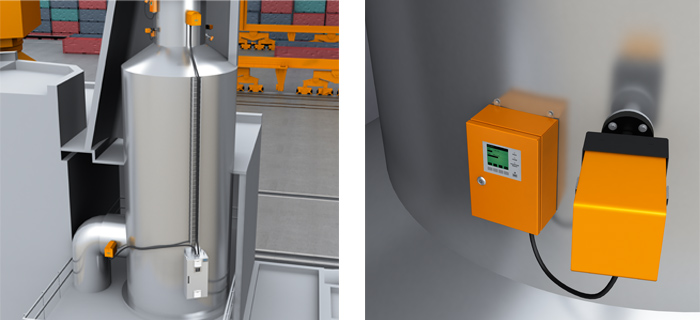
Cleaning technology reduces the exhaust gas pollutants on older ships. SICK is renowned across the world for measuring ship emissions. Certifications from the seven largest classification organizations, which together represent more than 90% of the world’s shipping fleet, makes MARSIC from SICK the most-approved ship emissions measuring device on the market. The device measures sulfur- and carbon dioxide at scrubbers as well as nitrogen oxide before and after catalytic converters (SCR). All of this is done reliably and with very low maintenance, even during storms and high swells. The MARSIC also remains on an eco-friendly course when measuring methane if dual-fuel engines use LNG as fuel. Strict pollutant limits are also expected for soot emissions in the future. Since the corresponding technologies are already available for this, targeted solutions can already be implemented today. For example, soot particulate filters in the off-gas system demonstrably reduce the particulate mass. Even just monitoring the soot values is worthwhile for this reason since it can be used to control motor power and save fuel. SICK has a wide range of measuring technologies that deliver reliable results, even in hot and humid exhaust gases.
Some of the following are ways SICK Sensors could now be implemented:
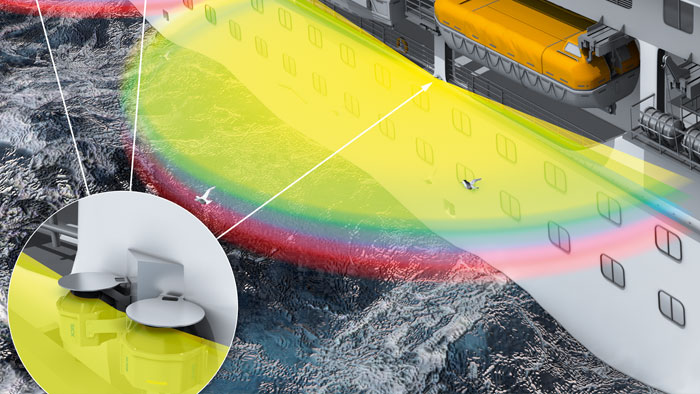
MRS6000 3D LiDAR Sensors
This sensor scans a definite area around the ship. If a person falls into the sensors’ multi-layered scan area, the crew is immediately notified by an alarm. Using the video recording, crew members can quickly take targeted measures. The intelligent MRS6000 sensors blank spray, waves, and birds, thereby preventing faulty alarms.
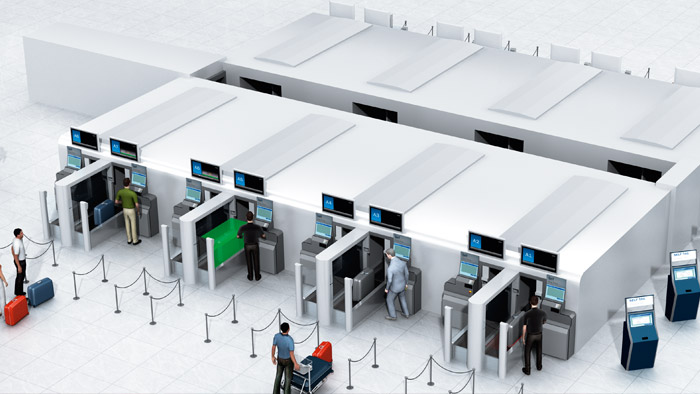
RAM Security System
Another safety-relevant area is access control. So that only authorized people can access the corresponding areas, the RAM security system from SICK reads people’s transponders and only permits access to those who are authorized. The system automatically identifies without contact based on electromagnetic waves. Thanks to the RFID system’s large scanning range, persons are detected in advance and doors open at the right time. This protection can also be used, for example, on the bulkheads of machine rooms or at the entrance to the bridge.
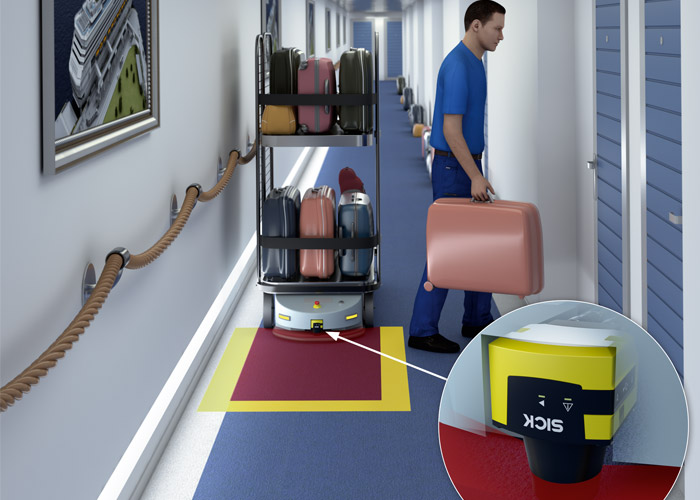
TiM781S 2D LiDAR Sensor for Greener Cruises
The perfect choice for facilitating the navigation of service robots on the decks of ships. With its combination of a protective field evaluation function and reliable measurement data streaming, the sensor makes non-contact person and object detection possible. As a result, the robots are basically continuously available, can dynamically respond to changes, and flexibly adjust their route based on their environment. This allows for around-the-clock service for passengers in bars, restaurants or on the pool deck, for example. Drinks can be ordered from the bar via an app and the robot brings the order directly to the correct guest.
These are some options using SICK’s portfolio to make cruises safer and greener. In addition to environmentally friendly propulsion systems, ship owners are competing for enticing highlights in entertainment, leisure activities, and the attractiveness of the shared facilities on board. The logistical challenge is enormous for many amenities on a ship, and SICK hopes to help solve this challenge.



